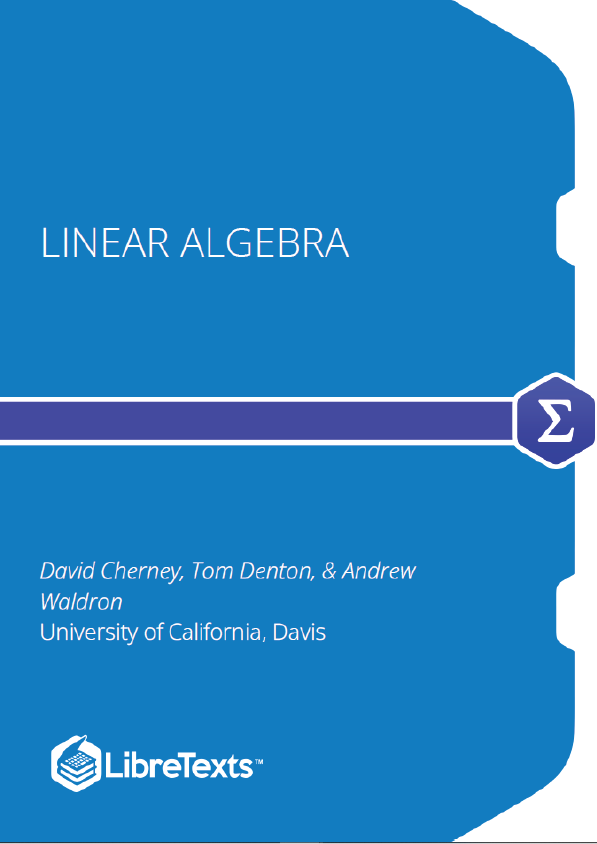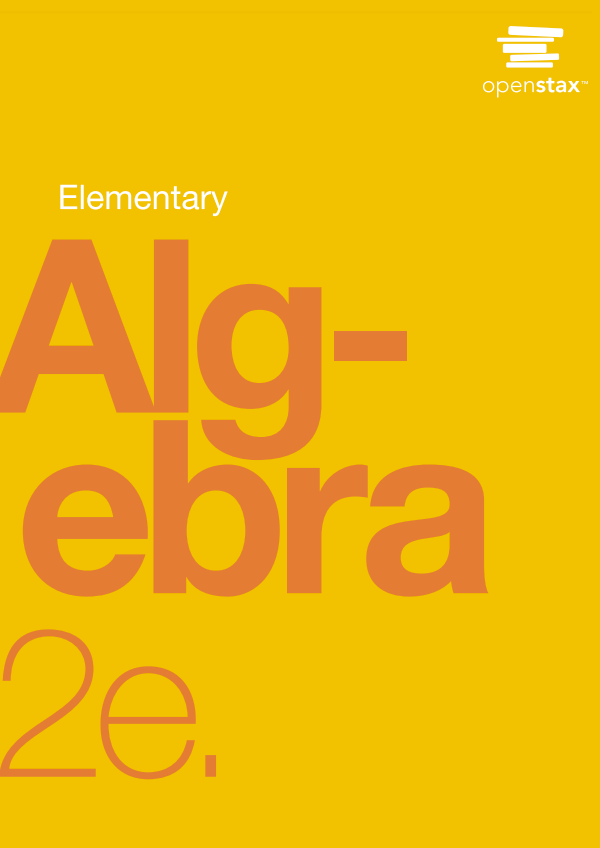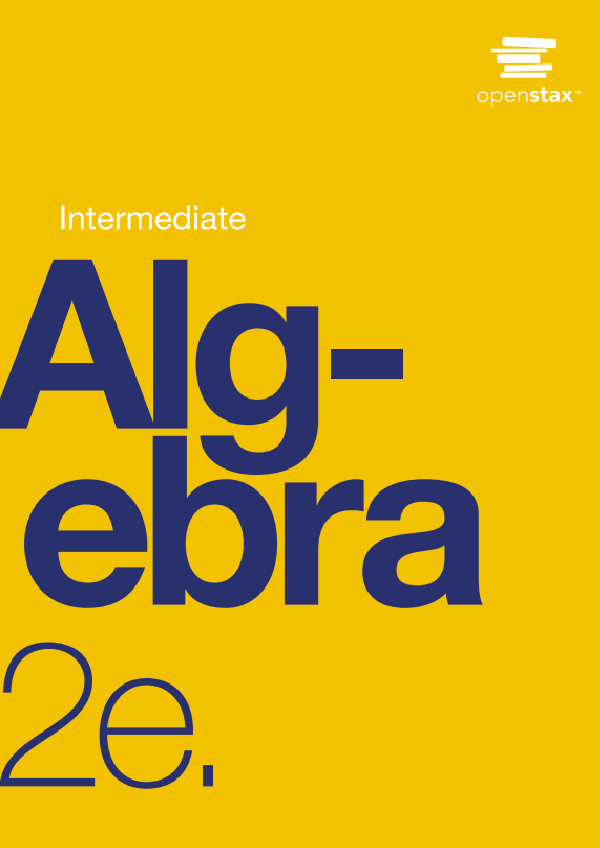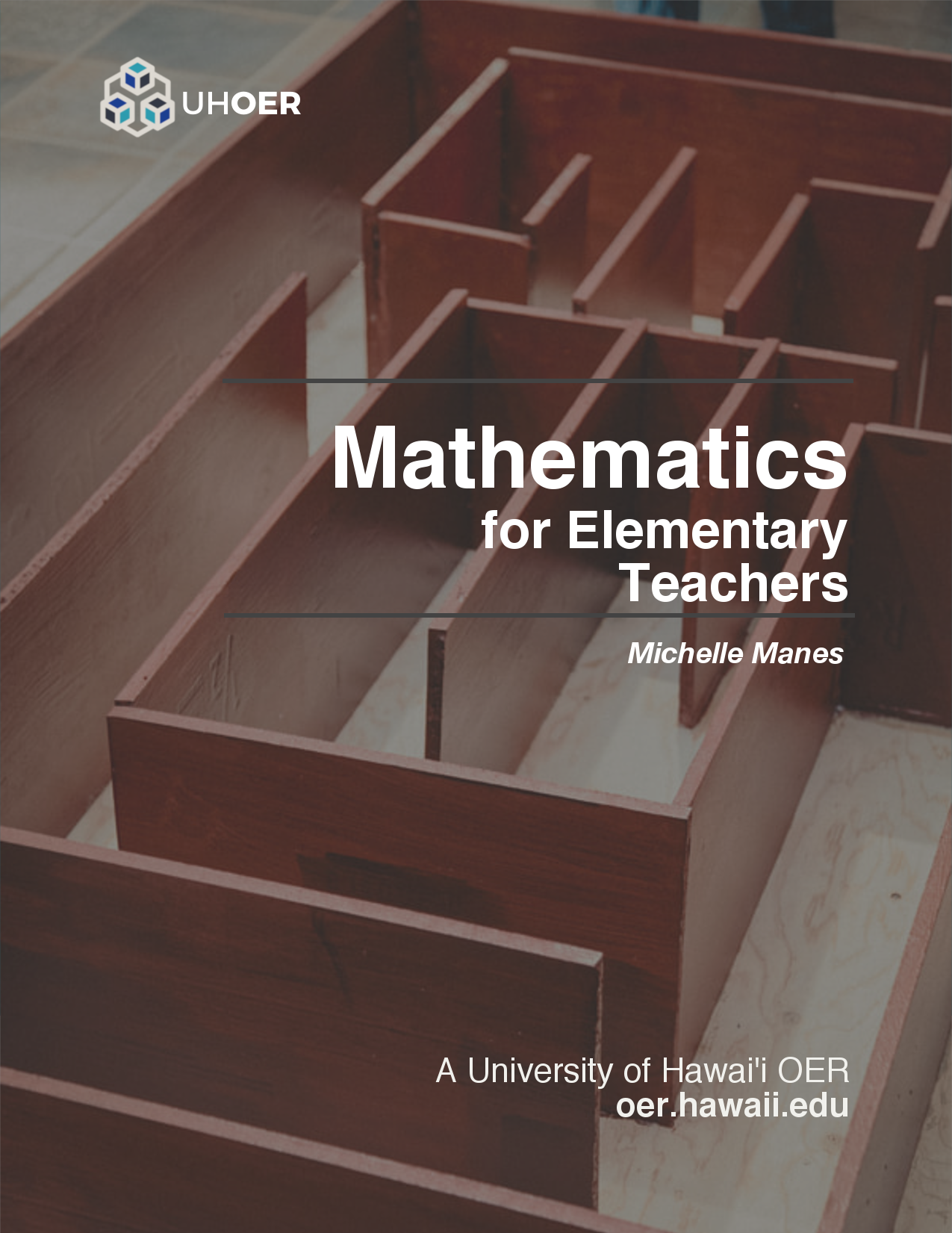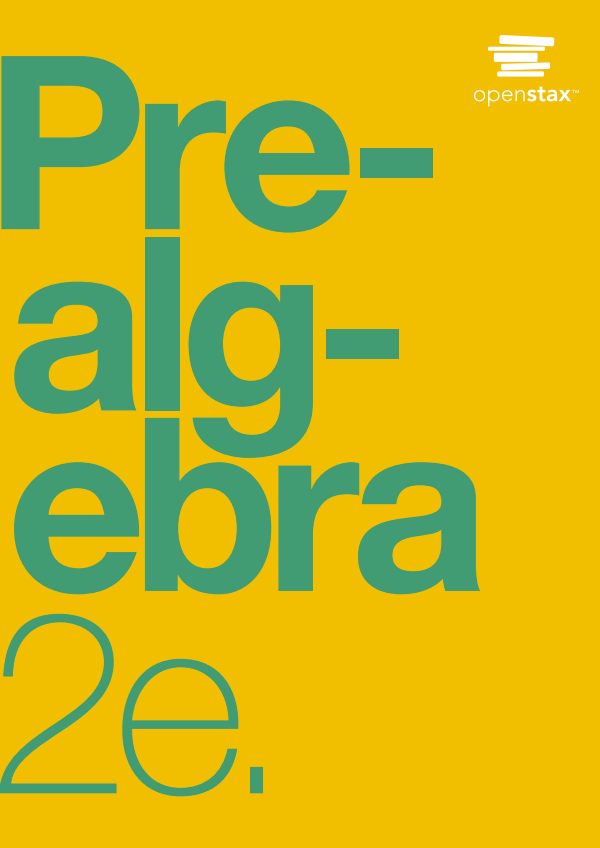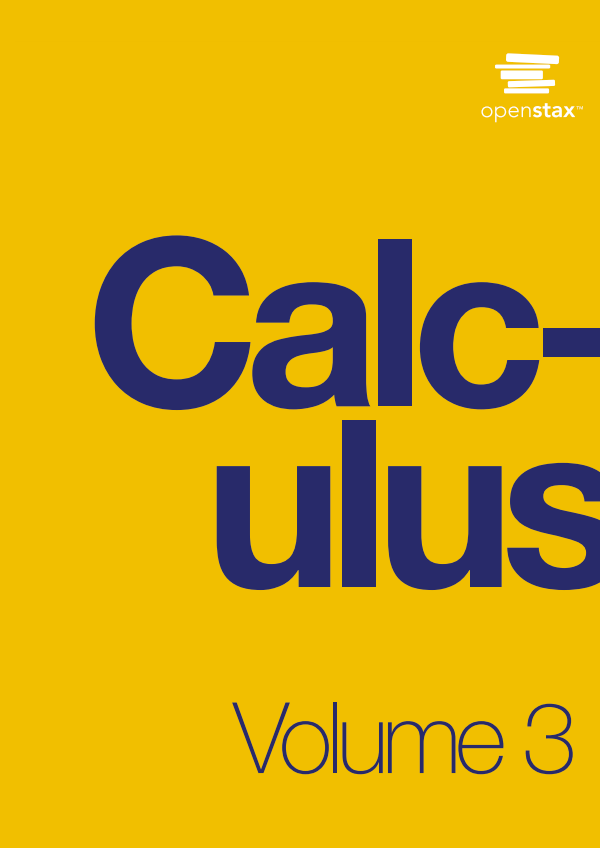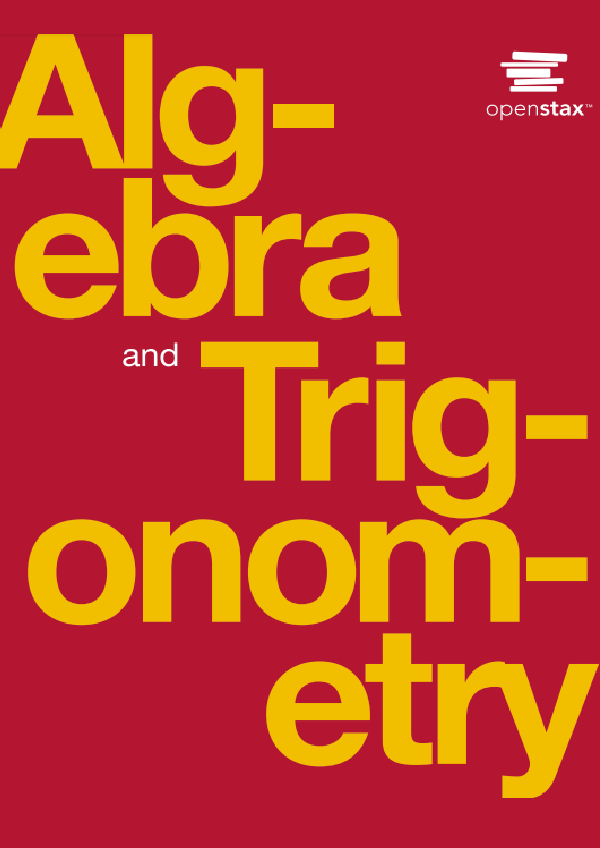Linear algebra is the study of vectors and linear transformations. This text is suitable for a sophomore level linear algebra course taught in about twenty-five lectures. It is designed both for engineering and science majors, but has enough abstraction to be useful for potential math majors. Our goal in writing it was to produce students who can perform computations with linear systems and also understand the concepts behind these computations.
What is Linear Algebra?
Many difficult science problems can handled using the powerful, yet easy to use, mathematics of linear algebra. Unfortunately, because the subject (at least for those learning it) requires seemingly arcane and tedious computations involving large arrays of number known as matrices, the key concepts and the wide applicability of linear algebra are easily missed. Therefore, before we equip you with matrix skills, let us give some hints about what linear algebra is.
The takeaway message is Linear algebra is the study of vectors and linear transformations.
In broad terms, vectors are things you can add and linear transformations are very special functions of vectors that respect vector addition. To understand this a little better, lets try some examples. Please be prepared to change the way you think about some familiar mathematical objects and keep a pencil and piece of paper handy!
Gaussian Elimination
Systems of linear equations can be written as matrix equations. Now you will learn an efficient algorithm for (maximally) simplifying a system of linear equations (or a matrix equation) — Gaussian elimination.
These are called Elementary Row Operations, or EROs for short, and are studied in detail in Section 2.3. Suppose now we have a general augmented matrix for which the first entry in the first row does not vanish. Then, using just the three EROs, we could then perform the following algorithm:
1. Make the leftmost nonzero entry in the top row 1 by multiplication}.
2. Then use that 1 as a pivot to eliminate everything below it}.
3. Then go to the next row and make the leftmost non zero entry 1}.
4. Use that 1 as a pivot to eliminate everything below and above it}!
5. Go to the next row and make the leftmost nonzero entry 1… etc}.
In the case that the first entry of the first row is zero, we may first interchange the first row with another row whose first entry is non-vanishing and then perform the above algorithm. If the entire first column vanishes, we may still apply the algorithm on the remaining columns. This algorithm is known as Gaussian elimination, its endpoint is an augmented matrix of the form.
